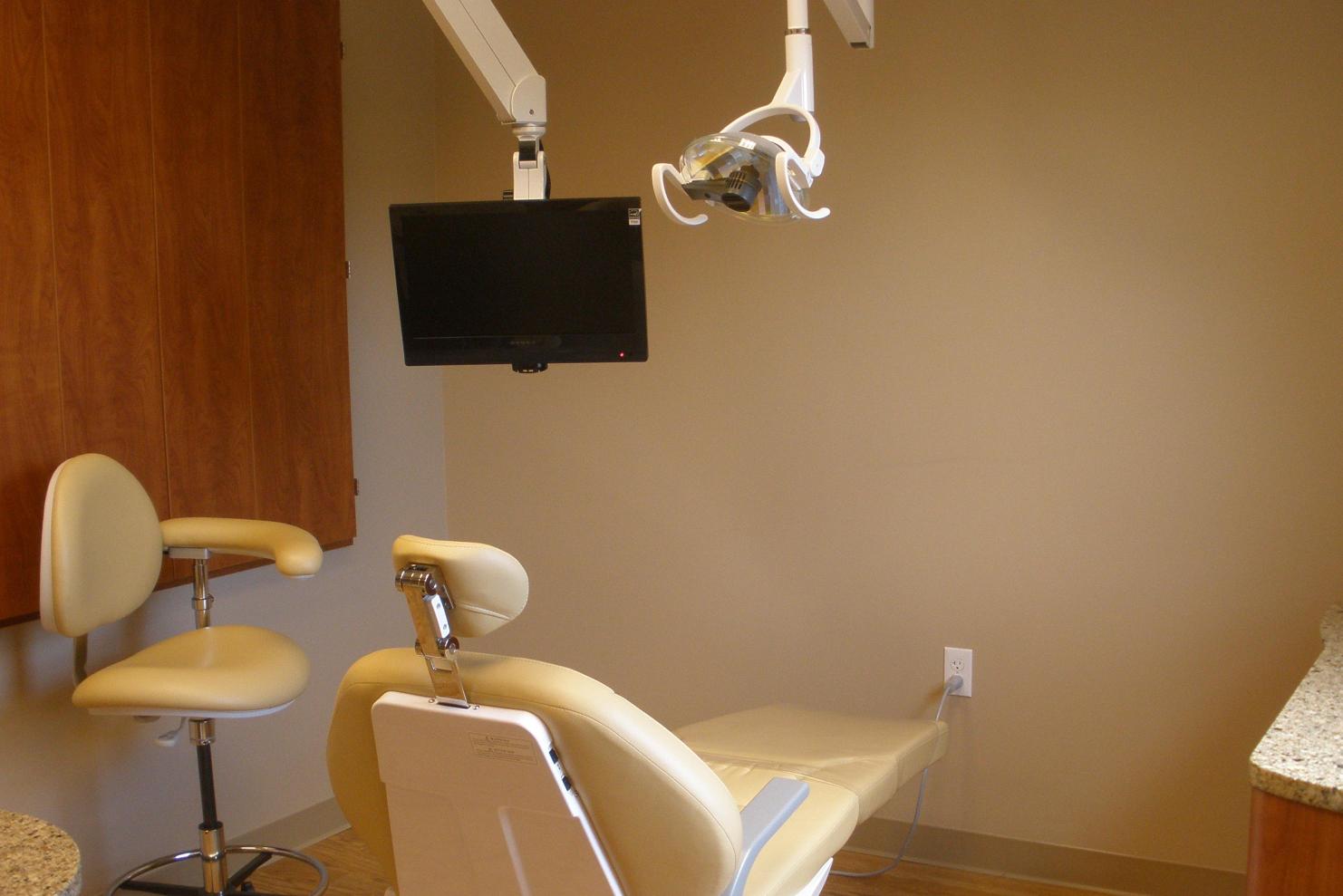What is Periodontal Disease?
Periodontal diseases are infections of the gums that slowly destroy the support of your natural teeth. Dental plaque is the primary cause of gum disease. Bacteria found in plaque produce toxins or poisons that irritate the gums. They may cause them to turn red, swell, and bleed easily. Bleeding of the gums is not normal, just imagine your hands bleeding each time you wash them. Why do some people ignore their gums bleeding when they brush and floss? If this irritation is prolonged, the gums separate from the teeth causing pockets (spaces) to form. When plaque hardens it is known as calculus (or tartar) and can occur both above and below the gum line. As periodontal diseases progress, the supporting gum tissue and bone that holds teeth in place deteriorate. If left untreated, this leads to tooth loss. However don't be fooled with periodontal disease because bleeding, redness, and swelling of the gums do not have to be present, especially if you are smoker. Also surprisingly, pain is usually not associated with periodontal disease which leads to the problem being ignored which results in preventable tooth loss. This disease damages the teeth, gum, and jawbone of more than 80 percent of Americans by age 45. Also, several research studies have found a relationship between periodontal disease and other serious health problems such as heart disease, diabetes, and rheumatoid arthritis.Signs and Symptoms of Gum Disease Include;
• Bleeding Gums• Increased Pocket Depth around Teeth
• Shifting Teeth
• Bad Breath
• Loose Teeth
• Red Swollen Gums
